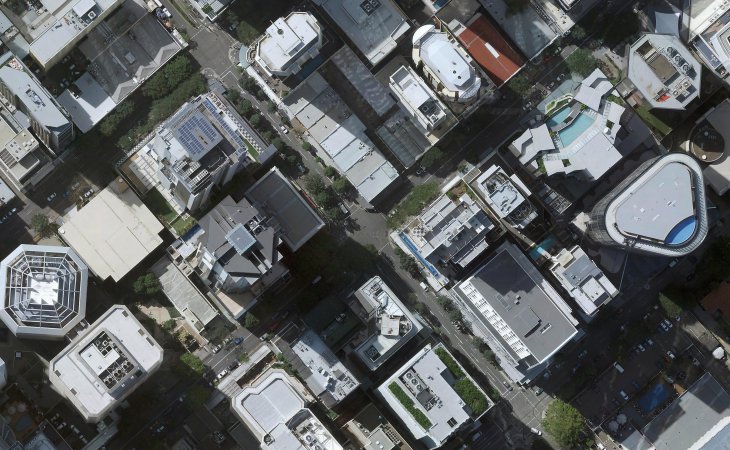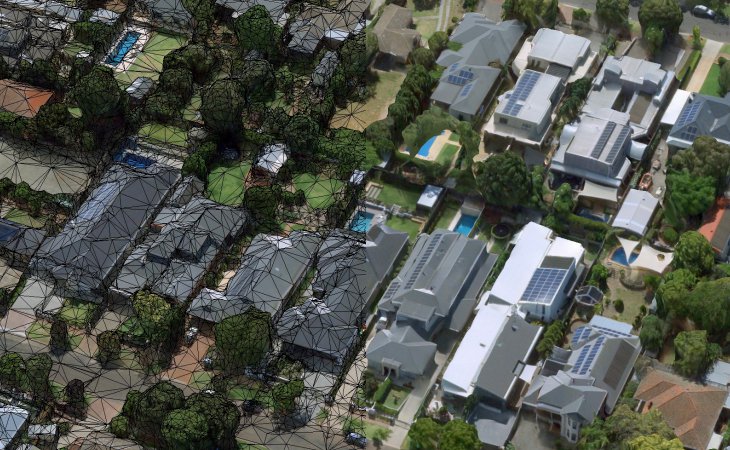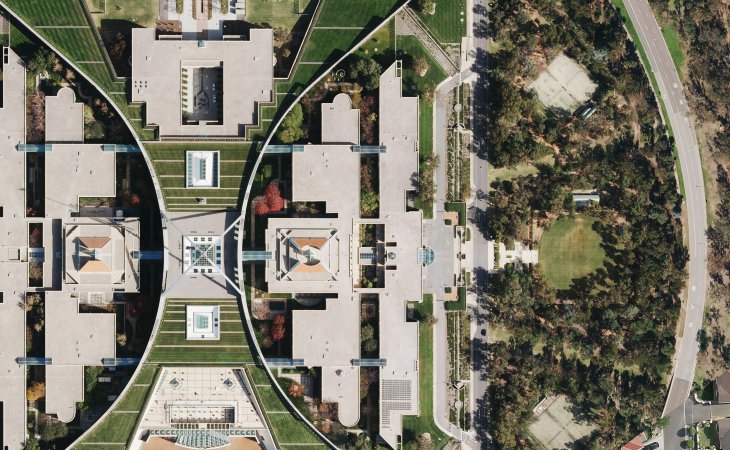Aerometrex provides high standard mapping products and services for local, state and federal government agencies to support their planning decisions, asset management and monitor changes.
Urban monitoring and surveying using high resolution spatial data is necessary for implementing efficient development policies. Aerometrex provides the right data to support information analysis and decision-making, including true 3D models from a singular building to entire cities.


City and town planning can benefit from detailed and accurate orthophotography and digital elevation models. The unmatched geospatial accuracy and quality of our aerial surveys support governments at all levels with a base data set to evaluate ground structures, manage assets, define property boundaries and detect change.
Our digital surface models can be used to map existing infrastructure, plan roads and drainage, locate infrastructure at risk of flooding, cut and fill volumes, locate significant trees, etc.
Aerial orthoimagery can help create detailed maps and models and track critical assets, including buildings, roads, vegetation, utilities, and other infrastructure. It can also assist in disaster management and risk analysis, by modelling floods, evaluating post-catastrophe damages, assessing coast lines and determining change.


3D city models are the perfect tools for government agencies and today form a crucial part of the spatial database infrastructure of the region. 3D city models can greatly help urban planners from the conceptual development stage to the completion and long-term monitoring stages. These digital models help reduce planning errors and potential losses; they also provide a whole new dimension to our visualisation capabilities which aids stakeholder consultation.
3D city models integrated with additional spatial data is a key element of making cities smarter. Some of the ways by which 3D models can help build smart cities, include site suitability analysis, thermal emission analysis, rooftop solar panel installations, etc. 3D city modelling can also help map out a realistic display of the city and its navigation infrastructure, thus gaining widespread acceptance as a tool for smart transportation and logistics.
Close-range photogrammetry is used to create accurate 3D information over individual buildings and is highly useful for restoration and conservation purposes of heritage sites.


LiDAR is at the core of numerous government data gathering projects due to its accuracy, broad application (from mapping terrain for reconnaissance to creating forest height maps) and cost effectiveness.
LiDAR data is used extensively to count and asses city’s many trees, with final maps detailing their individual heights and crown widths. Field arborists can use these maps to determine the legality of tree removals and use elevation data to manage storm water with strategic tree planting, assess pavement conditions, hydraulic modeling and roadside measurements.
LiDAR is also very useful for more accurate shoreline maps, and their digital elevation models to assist emergency response operations, erosion studies and conservation. It helps map landscapes to assess flood risk, inform conservation work, survey water pipelines and dam infrastructure, and monitor the condition of assets and corridors.
LiDAR captures a large array of data — trees and shrubs, hills and valleys, cars and houses, billboards and road signs with algorithms working on sorting out relevant features. While the original purpose of capture may be to count trees or assess pavement conditions, the data can be utilized later for various other analysis.


Access accurate spatial information to assist urban planning, asset management, community engagement and environmental management
Unlimited access to aerial imagery that is updated up to 4 times every year and data archives that allow you to virtually travel back in time to see how things have changed.